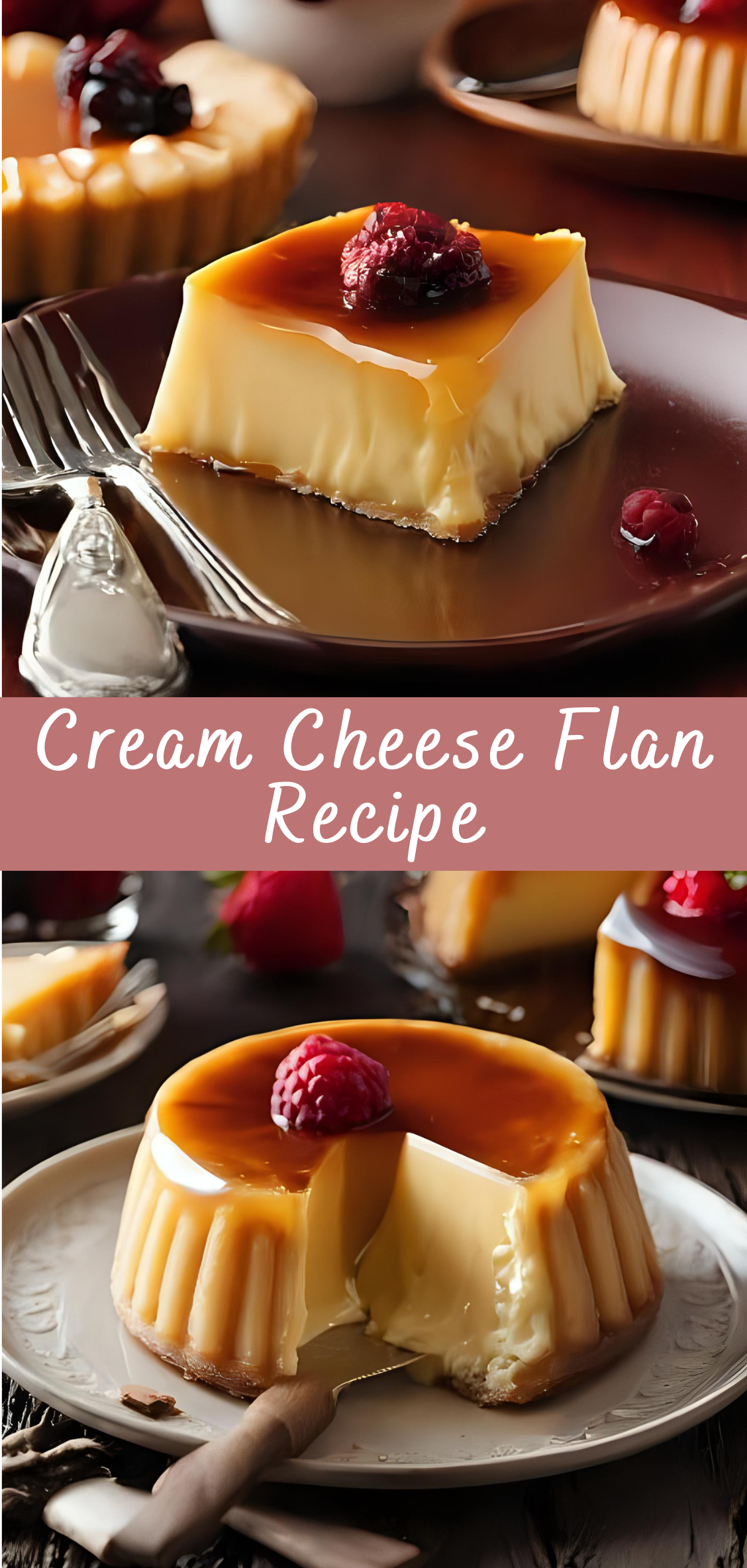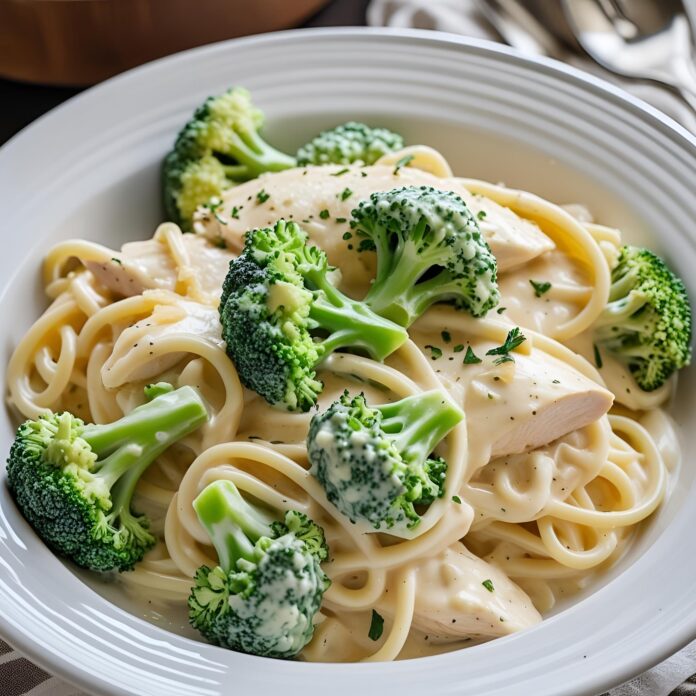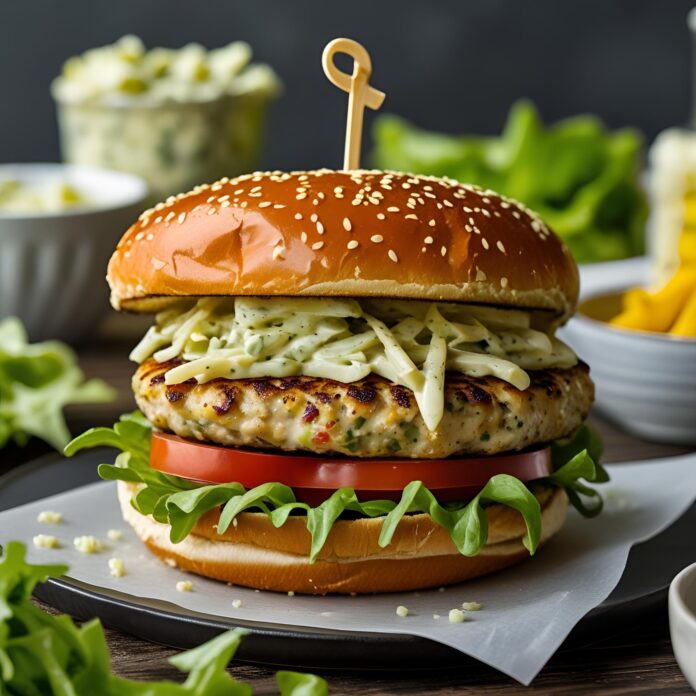Cream Cheese Flan Recipe
Cream Cheese Flan—decadent, silky, and rich—is a luxurious twist on one of the most iconic desserts in Latin American and Spanish cuisine: flan. Often described as a baked custard topped with caramel, flan has long been a symbol of home, tradition, and celebration across the Spanish-speaking world and beyond. With the addition of cream cheese, this already beloved dessert takes on a whole new personality—thicker, tangier, and more indulgent, reminiscent of a cheesecake-flan hybrid that’s both familiar and novel.

At first glance, Cream Cheese Flan is unassuming. Its golden caramel glaze glistens over a pale, creamy base. But one bite reveals a depth of flavor and texture that is surprisingly complex: sweet, yet balanced; dense, yet melt-in-your-mouth soft. The cream cheese introduces a tangy richness that elevates the traditional flan custard, resulting in a dessert that feels simultaneously comforting and elevated. It’s no wonder that this variation has grown increasingly popular in homes, restaurants, and dessert menus throughout Latin America, the Caribbean, and parts of the United States.
The beauty of flan lies in its contrasts. It’s a dessert of opposites—firm yet jiggly, sweet but with a subtle hint of bitterness from the caramel, simple in ingredients but impressive in execution. Cream Cheese Flan amplifies these contrasts. Its texture is smoother, bordering on velvety, and its flavor richer, yet without being overpowering. It bridges the gap between two classic desserts: the creamy tang of cheesecake and the gentle custard of traditional flan.
In many households, flan is more than just a dessert—it’s a culinary ritual passed down through generations. Whether served during holidays, family gatherings, or simply on a Sunday afternoon, flan holds a place of honor at the table. Its preparation often involves quiet moments in the kitchen, careful pouring of caramel, precise baking in a water bath, and that tense yet exciting moment of the final inversion—when the flan is flipped out of its mold, and the golden caramel cascades down its sides.
Adding cream cheese to this sacred tradition may seem bold, but it’s a modern adaptation that has earned its place in the pantheon of great desserts. It doesn’t seek to replace the original but rather to stand beside it, offering a richer, more indulgent alternative for those who want something slightly more luxurious. The cream cheese version is especially popular in Puerto Rican, Cuban, and Mexican kitchens, where innovation meets respect for tradition.
From a culinary standpoint, Cream Cheese Flan is also a marvel of chemistry. It’s a delicate balance of eggs, dairy, sugar, and heat. The transformation of these simple ingredients into something as sophisticated as a custard is a testament to the art and science of baking. Achieving the perfect texture—without curdling, cracking, or overcooking—requires careful technique and attention to detail, but the results are always worth it.
In this comprehensive guide, we will walk through the Cream Cheese Flan recipe from start to finish. We’ll explore the history and cultural context of flan, discuss the ingredients and their functions, and examine the technical aspects of baking and caramelizing sugar. You’ll learn how to avoid common pitfalls, how to ensure a flawless inversion, and how to customize the recipe to suit your tastes or dietary needs. We’ll also include variations, such as coconut cream cheese flan, chocolate flan, and even flan cupcakes for a modern twist.
Whether you’re an experienced baker or a curious novice, this guide aims to equip you with the knowledge and confidence to master Cream Cheese Flan in your own kitchen. With patience and precision, you’ll discover that making this exquisite dessert is not only achievable, but deeply rewarding.
Step-by-Step Instructions: Cream Cheese Flan
Overview
This Cream Cheese Flan recipe is built around a classic technique with a rich twist. We will first prepare a deep amber caramel, then blend the custard mixture, and finally bake it in a bain-marie (water bath) to achieve that iconic silky texture. Cooling and unmolding are crucial steps as well.
1. Gather Your Ingredients and Tools
Let’s begin with proper mise en place. Organization is key to executing custards successfully.
Ingredients:
For the Caramel:
-
1 cup granulated sugar
-
¼ cup water
-
Optional: ½ teaspoon lemon juice (helps prevent crystallization)
For the Custard:
-
1 (8-ounce) package cream cheese, softened
-
1 (14-ounce) can sweetened condensed milk
-
1 (12-ounce) can evaporated milk
-
4 large eggs
-
1 tablespoon pure vanilla extract
-
Optional: a pinch of salt for flavor balance
Equipment:
-
9-inch round cake pan or flan mold (flanera)
-
Large roasting pan (for water bath)
-
Blender or electric mixer
-
Medium saucepan (for caramel)
-
Fine mesh strainer (optional but recommended)
-
Kettle or pot (to boil water)
-
Rubber spatula
-
Knife and serving platter (for unmolding)
2. Preheat the Oven
-
Set your oven to 350°F (175°C). Make sure the rack is in the middle position to ensure even baking.
-
Place a folded kitchen towel or silicone mat in the bottom of your roasting pan. This prevents direct contact between the flan mold and the pan, reducing the chance of overcooking the bottom.
3. Make the Caramel
Caramel is one of the most delicate steps in the process, but with attention and care, you can master it.
Step-by-Step:
-
Combine the Sugar and Water:
-
In a clean, dry saucepan, add 1 cup of sugar and ¼ cup water.
-
Swirl gently to combine. Avoid stirring once the heat is on to prevent crystallization.
-
Optional: Add ½ teaspoon lemon juice to help keep the caramel smooth.
-
-
Cook Over Medium Heat:
-
Turn the burner to medium and allow the sugar to dissolve.
-
As it heats, the sugar syrup will start to bubble. You’ll see it transition from clear to pale yellow, then amber.
-
-
Watch Closely:
-
Do not walk away. Once the sugar begins to turn amber, it darkens quickly.
-
When it reaches a deep golden-brown (but not burned), immediately remove from heat.
-
-
Pour into Mold:
-
Carefully pour the hot caramel into your cake pan or flanera. Swirl the pan to coat the bottom evenly.
-
Use caution—caramel is extremely hot and can cause burns.
-
Set aside to cool and harden slightly while you prepare the custard.
-
4. Blend the Custard
The cream cheese must be fully incorporated to prevent lumps and ensure a smooth texture.
Step-by-Step:
-
Soften the Cream Cheese:
-
Ensure the cream cheese is at room temperature. Cold cream cheese will not blend properly.
-
Cut it into chunks to speed up blending.
-
-
Blend Until Smooth:
-
In a blender (or large bowl with mixer), combine:
-
8 oz cream cheese
-
1 can sweetened condensed milk
-
1 can evaporated milk
-
4 eggs
-
1 tbsp vanilla extract
-
Pinch of salt (optional)
-
-
Blend until completely smooth and homogenous. No lumps should remain.
-
If using a mixer, beat cream cheese first until smooth, then slowly add remaining ingredients.
-
-
Optional – Strain the Mixture:
-
For an ultra-smooth flan, pour the mixture through a fine mesh strainer into another bowl.
-
This step removes any bubbles or stray solids.
-
5. Assemble the Flan for Baking
Now that you have the caramel set and the custard blended, it’s time to bring everything together.
Step-by-Step:
-
Pour Custard into the Mold:
-
Slowly pour the custard over the set caramel in your flan mold.
-
-
Prepare the Water Bath:
-
Place the filled flan mold into your large roasting pan.
-
Carefully pour hot water (not boiling, but steamy) into the roasting pan, around the flan mold, until it reaches about halfway up the sides.
-
Avoid getting any water into the custard.
-
Why a Water Bath?
The water bath ensures gentle, even cooking and prevents curdling or cracking. Custards are sensitive to direct dry heat.
6. Bake the Flan
Custards require slow, consistent heat. Avoid opening the oven door often.
Step-by-Step:
-
Bake Time:
-
Bake at 350°F (175°C) for 50 to 65 minutes, depending on the pan and oven.
-
-
Check for Doneness:
-
The flan should be set around the edges but still slightly jiggly in the center.
-
A knife inserted near the center should come out mostly clean (a little custard clinging is fine).
-
-
Avoid Overbaking:
-
Overbaking causes the flan to become rubbery and may cause it to crack.
-
7. Cool the Flan
Proper cooling is as important as proper baking.
Step-by-Step:
-
Remove from Oven:
-
Carefully remove the flan from the water bath.
-
Let it cool in the mold at room temperature for 1 hour.
-
-
Chill Completely:
-
Cover with foil or plastic wrap.
-
Refrigerate for at least 4 hours, ideally overnight, to set fully.
-
8. Unmold the Flan
This is the dramatic and rewarding moment—when your flan is flipped and the caramel reveals itself.
Step-by-Step:
-
Loosen the Edges:
-
Run a thin knife around the edge of the flan to loosen it from the pan.
-
-
Warm the Bottom:
-
Briefly dip the bottom of the pan in hot water or warm it over the stove for a few seconds.
-
This softens the caramel and helps release the flan.
-
-
Invert onto Plate:
-
Place a large plate or platter over the mold.
-
Hold firmly and flip in one swift motion.
-
Gently lift the mold. The flan should release with the caramel flowing over the top.
-
9. Serve and Garnish
You now have a stunning, glossy Cream Cheese Flan ready to impress.
Suggestions:
-
Serve chilled, sliced into wedges.
-
Garnish with:
-
Fresh berries
-
Whipped cream
-
Mint leaves
-
Toasted coconut or shaved chocolate
-
Cream Cheese Flan Recipe
Cream Cheese Flan—decadent, silky, and rich—is a luxurious twist on one of the most iconic desserts in Latin American and Spanish cuisine: flan. Often described as a baked custard topped with caramel, flan has long been a symbol of home, tradition, and celebration across the Spanish-speaking world and beyond. With the addition of cream cheese, this already beloved dessert takes on a whole new personality—thicker, tangier, and more indulgent, reminiscent of a cheesecake-flan hybrid that’s both familiar and novel.
Ingredients
- For the Caramel:
- 1 cup granulated sugar
- 1/4 cup water
- For the Flan:
- 1 can (14 oz) sweetened condensed milk
- 1 can (12 oz) evaporated milk
- 1 package (8 oz) cream cheese, softened
- 3 large eggs
- 1 tbsp vanilla extract
- Pinch of salt (optional)
Instructions
1. Make the Caramel:
- In a medium saucepan over medium heat, combine sugar and water.
- Cook without stirring until sugar dissolves and turns a deep golden color (about 8–10 minutes).
- Immediately pour the caramel into a 9-inch round cake pan or flan mold, tilting to evenly coat the bottom.
- Set aside to cool and harden.
2. Make the Flan Mixture:
- Preheat oven to 350°F (175°C).
- In a blender, combine cream cheese, sweetened condensed milk, evaporated milk, eggs, vanilla, and a pinch of salt.
- Blend until smooth and creamy (about 30–60 seconds).
3. Assemble and Bake:
- Pour the flan mixture over the hardened caramel in the pan.
- Place the pan in a large roasting dish and add hot water around it to create a water bath (bain-marie), filling halfway up the sides of the flan pan.
- Carefully transfer to the oven and bake for 60–70 minutes, or until the center is just set (slightly jiggly is okay).
4. Cool and Unmold:
- Remove flan from the water bath and let it cool to room temperature.
- Cover and refrigerate for at least 4 hours (preferably overnight).
- To unmold, run a knife around the edge of the flan, place a serving plate over the top, and carefully flip it upside down. Tap gently to release.
Notes
- Soft caramel? If you want a thinner caramel, reduce the sugar to 3/4 cup.
- Don’t overbake or the flan may get a rubbery texture. Aim for a gentle jiggle in the center.
- No blender? Use a hand mixer or whisk thoroughly until smooth.



